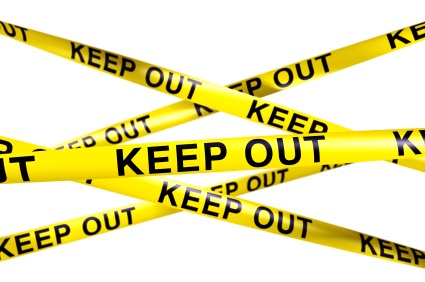A client had a question about gender diversity and culture change. They had recently picked up that women were no longer moving up at the same rate as men. They had grown from 60 to 300 employees over the past 4 years, and a female senior partner had the impression that with the fast growth perhaps the culture had changed.
A female senior partner had the impression that some men were promoting in their own image and some departments had developed a competitive culture that didn’t seem to work well for women. Was this perhaps the reason that the last shortlist for senior roles had been an all-male one?
The Objective – gender diversity and culture change
The client asked me to verify their own observations and ut feel. What was going on with gender, and what could be done to improve? They made it clear that they didn’t believe in simple solutions such as an ‘unconscious bias’ training and quota’s. Instead they felt that these gender issues required something less tangible: a culture change.
The leadership team believes firmly that diverse teams get better results. They are proud to have won an ‘Employer of the Year’ award, and are keen to be a great place to work for a wide variety of people. The ideal solution they explained would not just incorporate gender, but would address a wider diversity agenda.
Qualitative and Quantitative Analysis
The HR Director had already done her own quantitative analysis. So I suggested to complement that with a qualitative analysis. We ran a series of focus groups with a total of 10% of staff and conducted exit interviews with people who had left in the past 5 years. We then presented those findings to all partners, and involved them in developing the solution further.
Findings
The quantitative analysis showed that
– 39% of staff is female
– women leave more than men in the first 3 years
– at entry level 44% of staff is female, whereas at senior levels this drops to 39%.
– profit share scores show quieter people seem to be overlooked
The qualitative analyses focused on questions about belonging, support, advancement and flexible working.
It became clear that staff overall staff enjoy working at the firm. People feel they belong, are respected, valued and recognised for their contribution, regardless of age, gender or background.
However, some key issues were identified:
- Lack of resources – leading to high pressure, long work hours and unpaid overtime. People agreed that, ‘If you don’t dedicate your life to this organisation I am not sure there is a place for you’
- Lack of transparency in the advancement and appraisal process. Staff felt there is little specific feed back on how to improve, and pay grades are unclear. Staff felt that, ‘If you ask, you get that is great but the loud shouters get more, and senior people do have favourites. If you work diligently on the wrong project you could be overlooked.’
- Lack of support – especially for those that don’t ask
Interestingly none of these issues are to do with diversity directly, and when asked, staff mentioned they all feel treated fairly.
Yet, from research we do know that it is harder for women and people from different backgrounds to feel supported, included, respected and advance when systems are informal, not transparent and it depends on ‘who you know’.
This is noted by some of the senior staff: ‘girls need more reassurance and are more self-critical’. That would explain why women aren’t moving up at the same rate as men.
And indeed, it were typically the women and ethnic minorities who – in the focus groups – did start the conversation on how it is harder for some when it comes to advancement, support and recognition. That seems a clear sign these issues are more keenly felt by people that are not the norm.
Vision on Diversity
In a workshop with senior partners we created a vision on diversity, “Create a firm where people can achieve regardless of who they are. We believe this is fair, the right thing to do and better for business. We are committed to closing the gender pay gap”.
We then presented the issues found, presented the solution and based on that set priorities for the way forward.
Solution
Our key ideas for the client were:
- Improve the appraisal system – create clarity of job roles and job descriptions, competency framework and grading system and ensure there is clear communication about those to each employee by their team leader. Ensure the competency framework includes both typical male and female qualities, where appropriate.
- Give all team leaders leadership training, in areas such as: the appraisal system, giving feed back, difficult conversations and gender smart leadership. Ensure male/female differences in communication are addressed in each of the training programs.
- Involve staff in development and implementation of the solutions by creating work groups. Ensuring these are diverse to check impact on a variety of groups
- Measure progress via an annual engagement survey, and by monitoring the gender pay gap
What’s next
The client is keen to take forward all suggested ideas and has already improved communication about job roles and grading. The HR Director has made a programme for implementation. It isn’t named ‘Gender Diversity and Culture Change’, but leadership awareness, training, and changes in processes and systems will lead to increased opportunities for are aimed at supporting a culture that is good for all staff and good for business.



Author: Inge Woudstra
Would you like to know more or have a question? I am always happy to have a chat to discuss your needs. Why not drop me a line or pick up the phone? Call me at 01372 457 907 or Just contact me to discuss your requirements by e-mail.I can help you recruit, retain and advance women, and typically work with organisations in tech and engineering.
Or just check out my book 'Be Gender Smart - The Key to Career Success for Women'